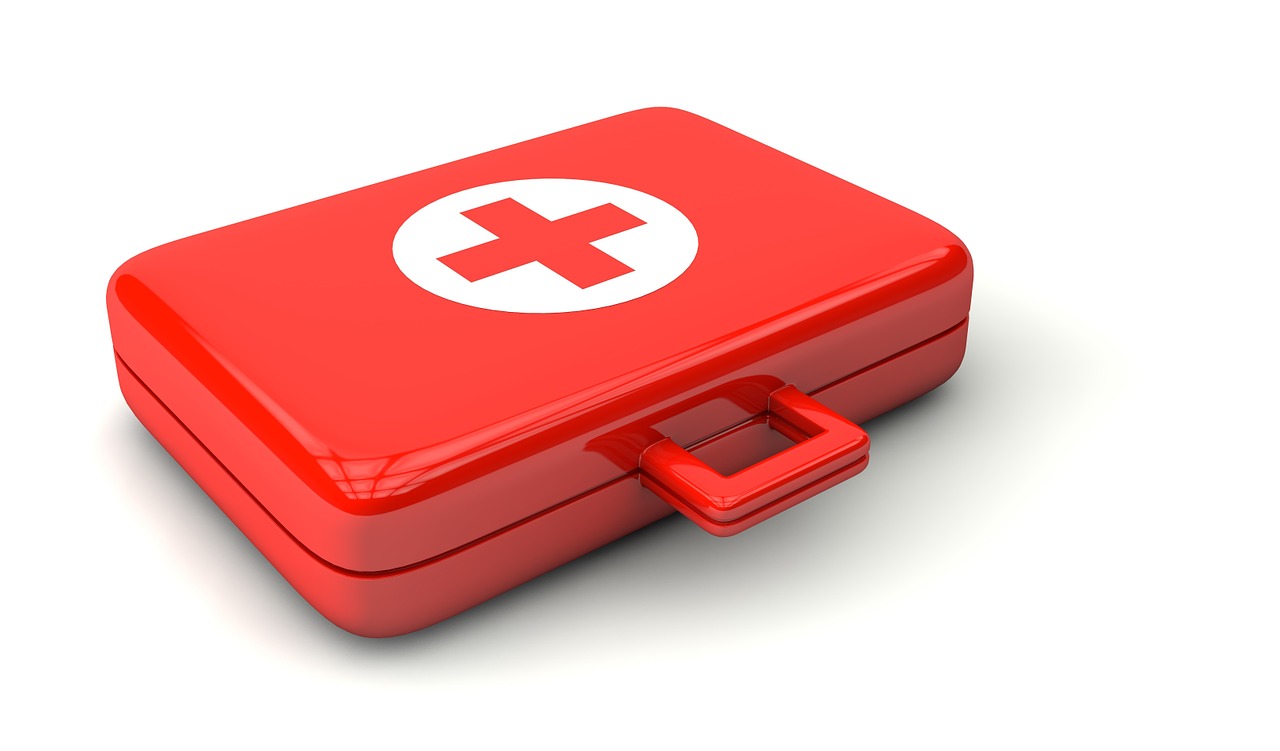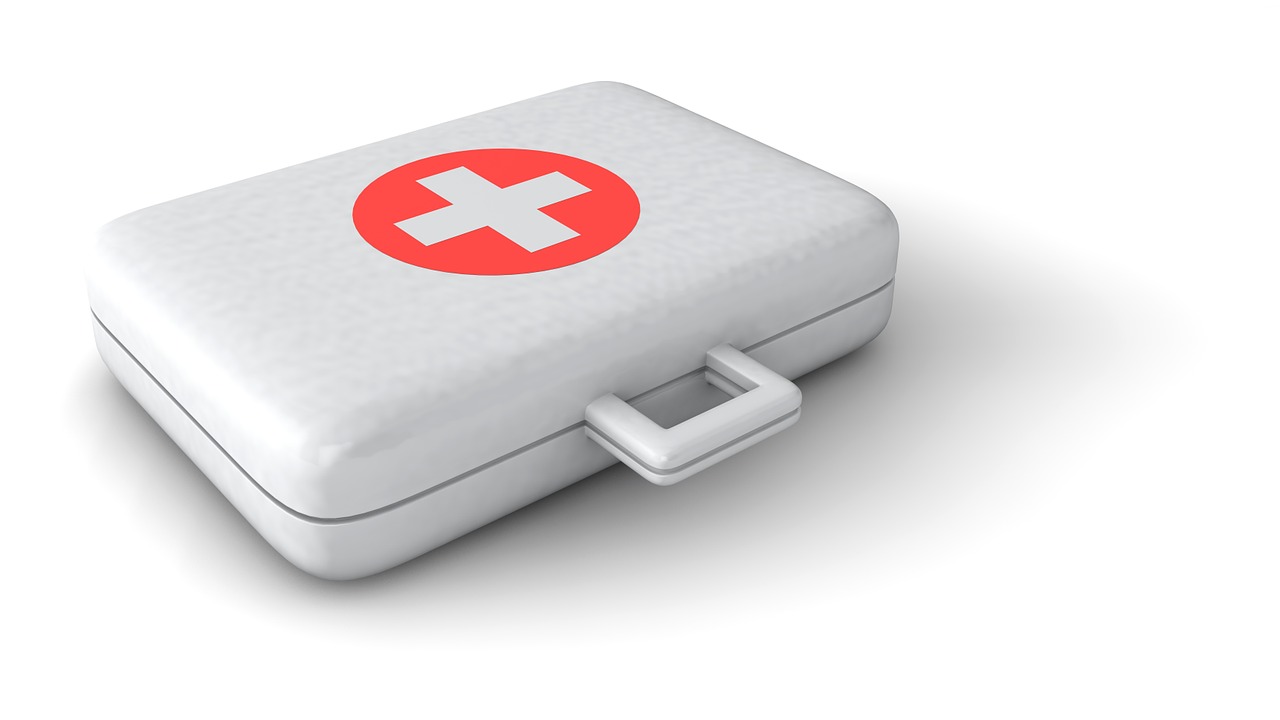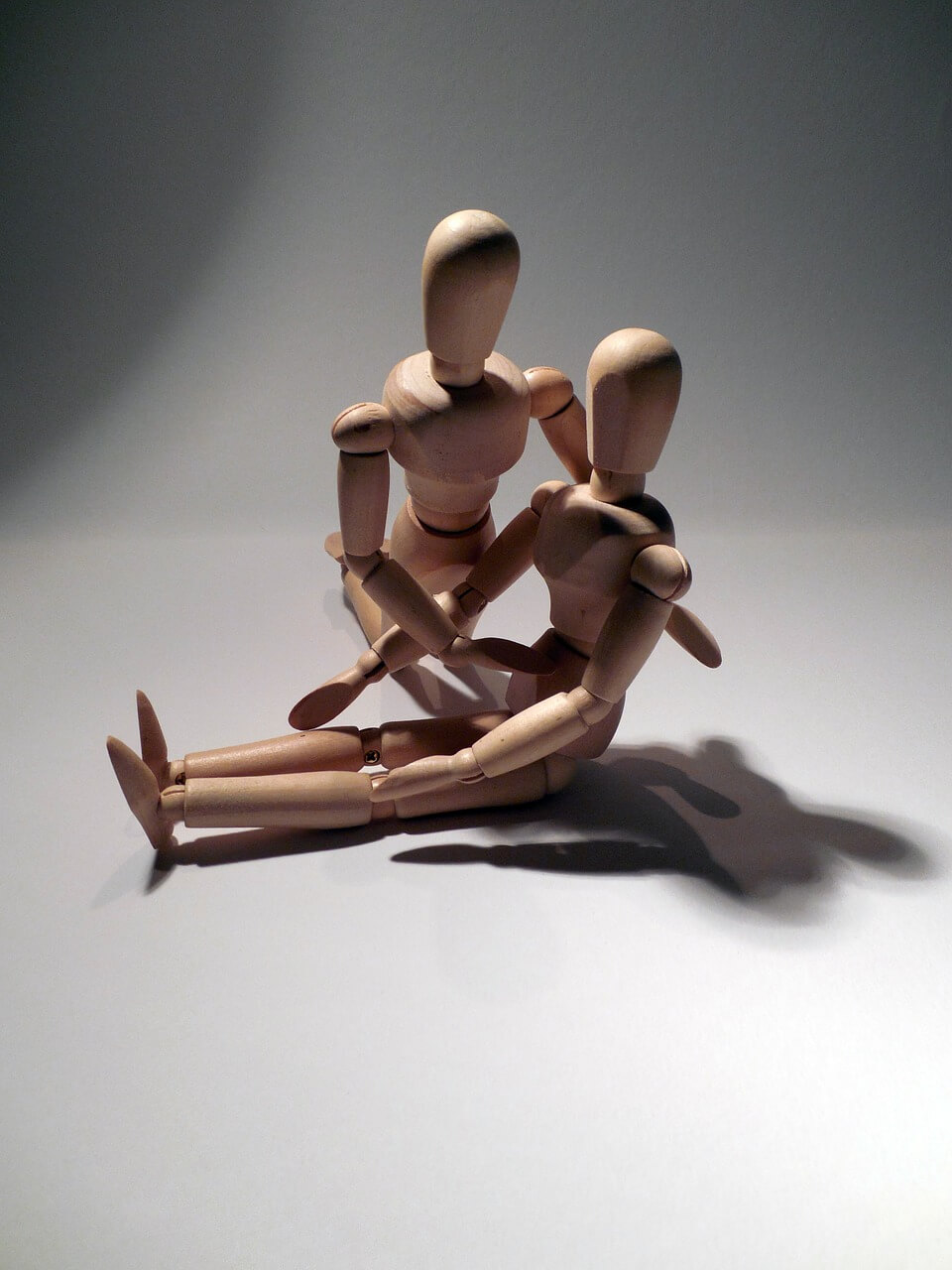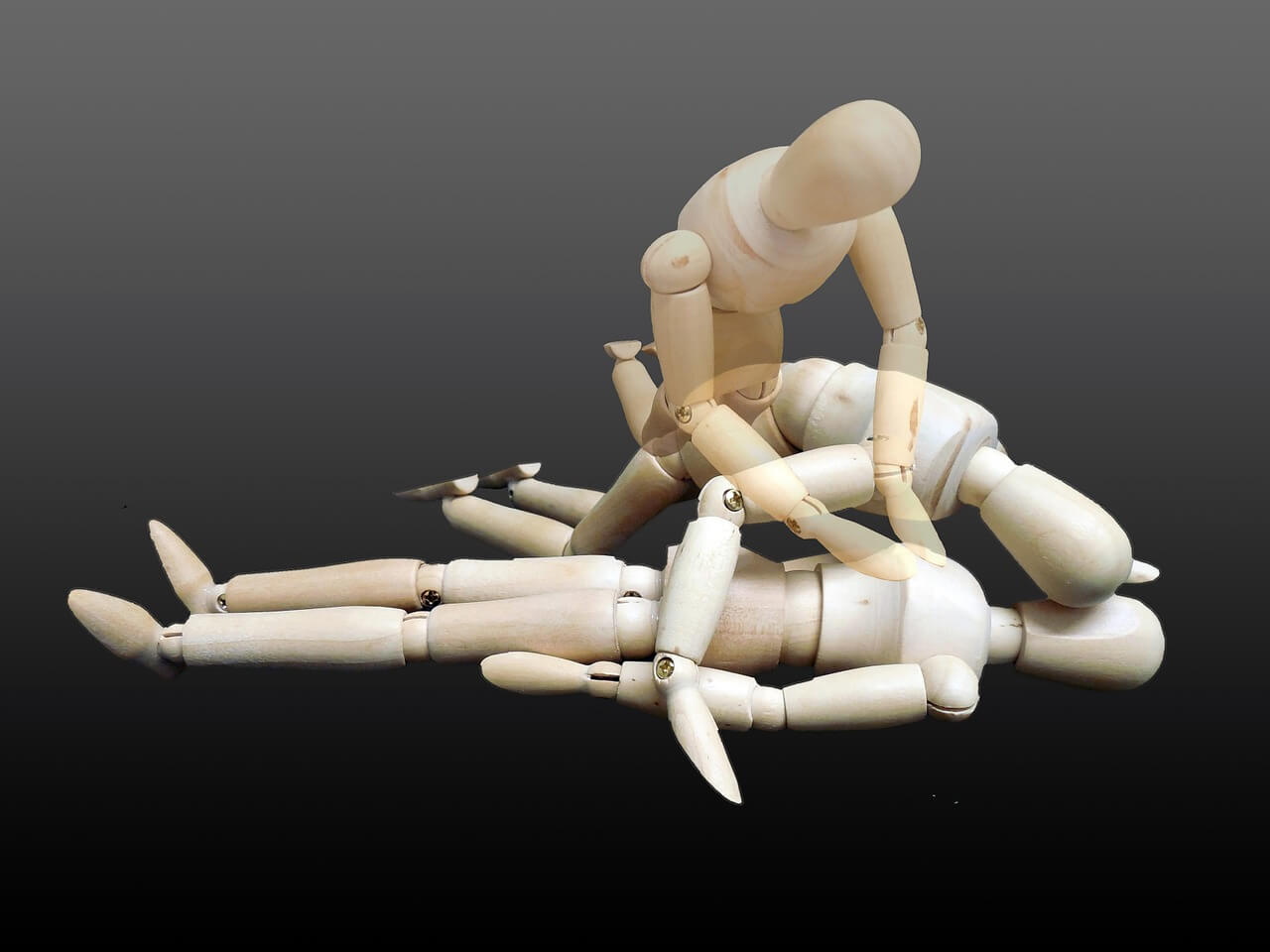Heart attacks are a very popular disease of choice that turns the plot in dramatic TV shows. Unfortunately it’s not as fun as it is in television when it comes to real life. Cardiac arrest or the more popular terminology “heart attack†are cause by the heart lacking crucial oxygen ending up being unable to pump blood in your body as a result.
Heart attacks are no joke; they will lead to more complicated and serious circumstances if nothing is done when it occurs and worse death. Cases of heart attacks are unignorable. In fact in the UK, according to BHF statistics Coronary Heart Disease is the single biggest leading deaths in the UK which encompasses of 16% male death and 10% of female death overall. In 2012 the numbers of death around each year are around 74,000. And it didn’t get better in 2014 as 26% of male deaths and 24% of female deaths in the UK are from Cardiovascular Diseases. Whether it’d be CHD or other cardiovascular illnesses all of them can cause heart attacks.
The numbers don’t lie and so shouldn’t you dismiss the concern about heart attacks. Workplaces in particular are required to obtain first aid training; one of the parts of first aid training is CPR.
CPR is an emergency response to somebody who is having a heart attack or stopped breathing in general. CPR can be performed by non-professional healthcare workers, as long as they received a proper CPR training. The importance of this is that not all the time healthcare professional are accessible or will take time to arrive and without first aid, it might just complicate the supposed to simpler case and worst case scenario. Death.
Fortunately Aegis4Training first aid training course package also covers the scenarios of what to do when somebody is having a heart attack or cardiac arrest and how to perform CPR.






